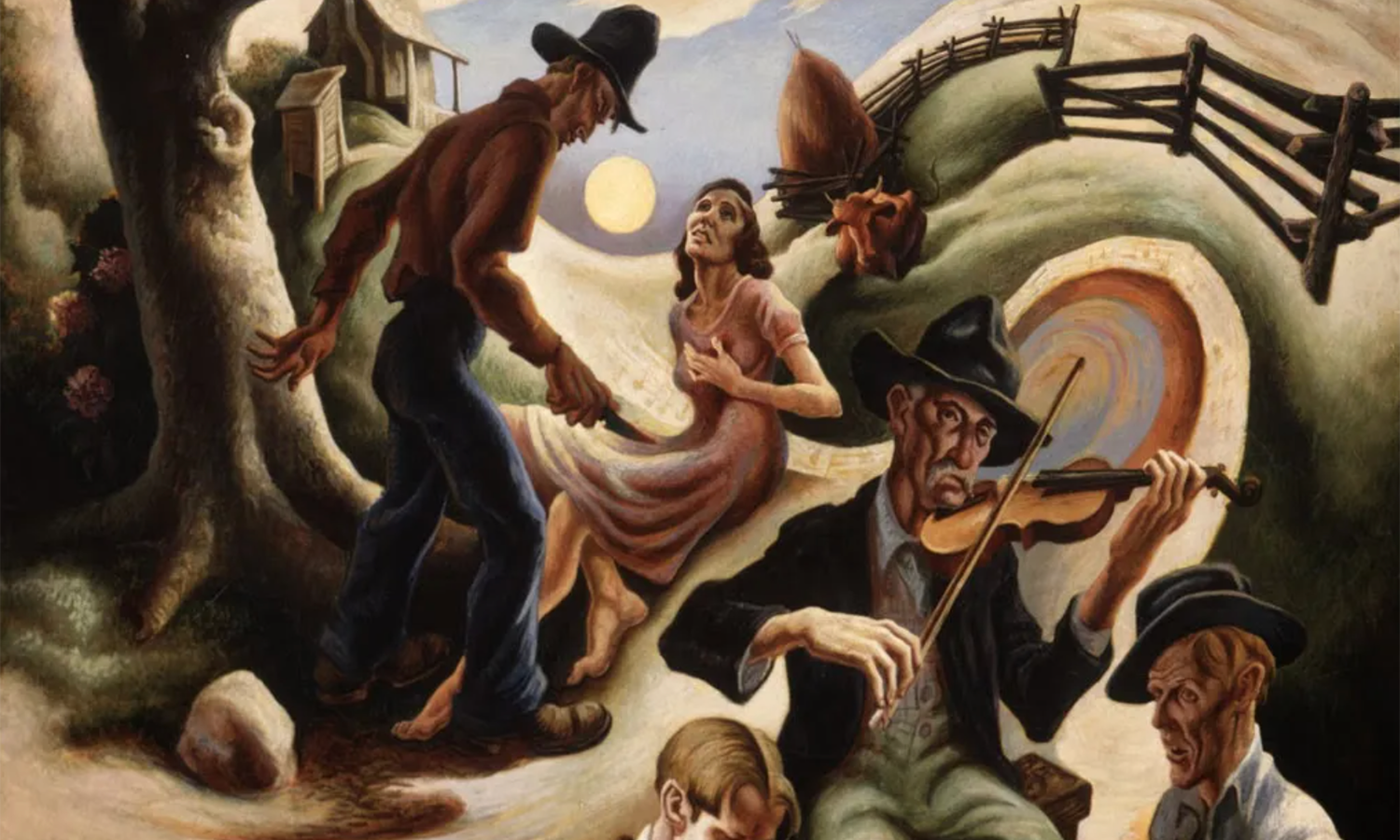In a post on Writers Helping Writers, Sue Coletta uses birds of prey as examples of how writers can create three-dimensional villains.
Raptors like owls, eagles, and falcons are skilled hunters of small prey, with incredible speed, strength, and senses. In human form, readers would fear such a creature crossing the page. However, there’s more to raptors than savagery.
“What we may not consider right away is how tender raptors are with their young, or that they only take what they need to feed their family and keep the landscape free of disease from rotting meat and sick animals, or what majestic fliers they are,” Coletta says.
But how can a writer create such nuance in a human hunter as skilled in his own way as a raptor? Coletta says the key is creating a layered characterization. “A raptor-type character needs layers, each one peeled little by little over time to reveal the full picture of who they are and what they stand for,” she says. “We also need to justify their actions so readers can root for them.” One standout raptor character is Dexter Morgan. Despite his murderous instincts, audiences root for him because they understand his motivations and accept his code of killing only killers.
Coletta suggests three steps to create these layers:
- Step one: Show their pubic persona, the face they show to the world
- Step two: Show the reader who they are at home and with close friends
- Step three: Reveal their true character. “If a fire broke out in a cinema, would they help others get out safely or elbow their way through the crowd?” Coletta asks.
“When characters are richly detailed psychologically, readers connect to them,” Coletta writes. “If crafted with forethought and understanding, your raptor may become your most memorable character to date.”









